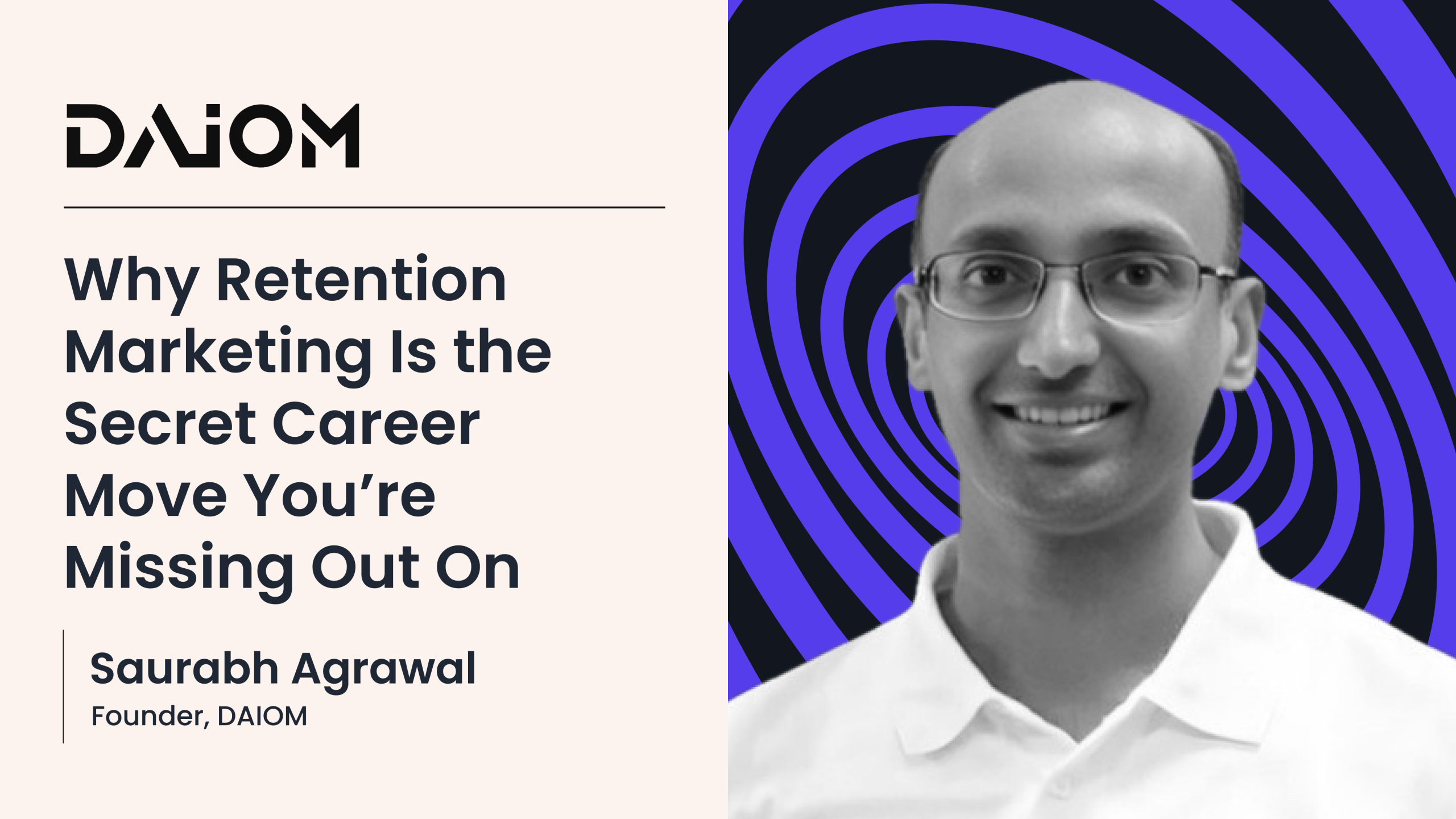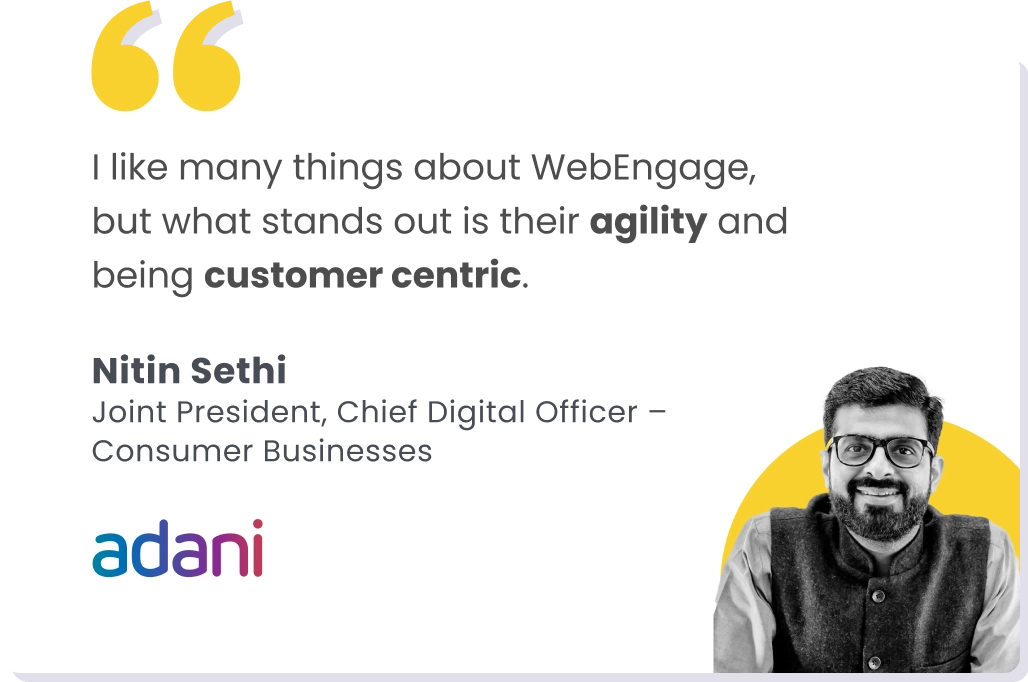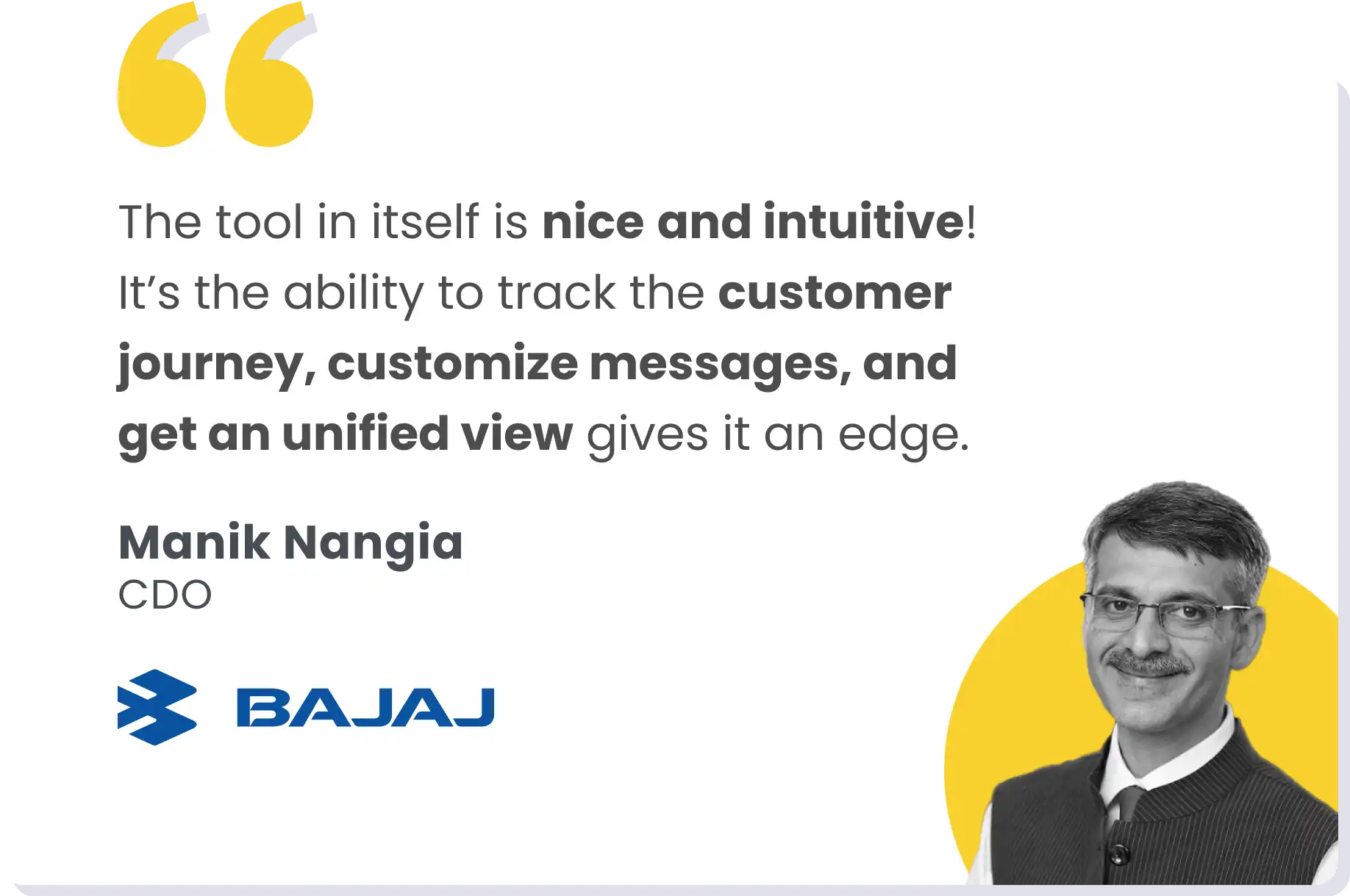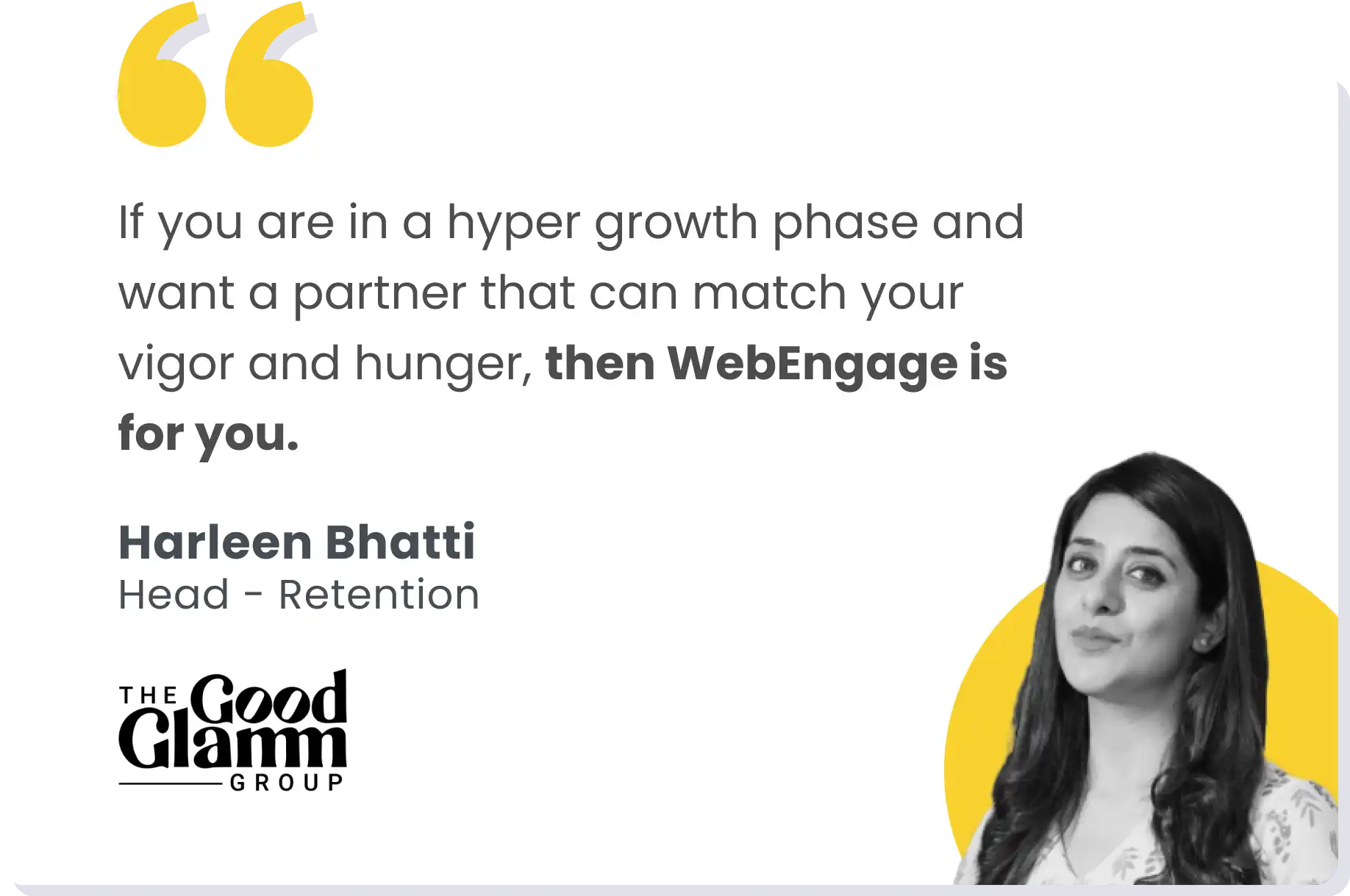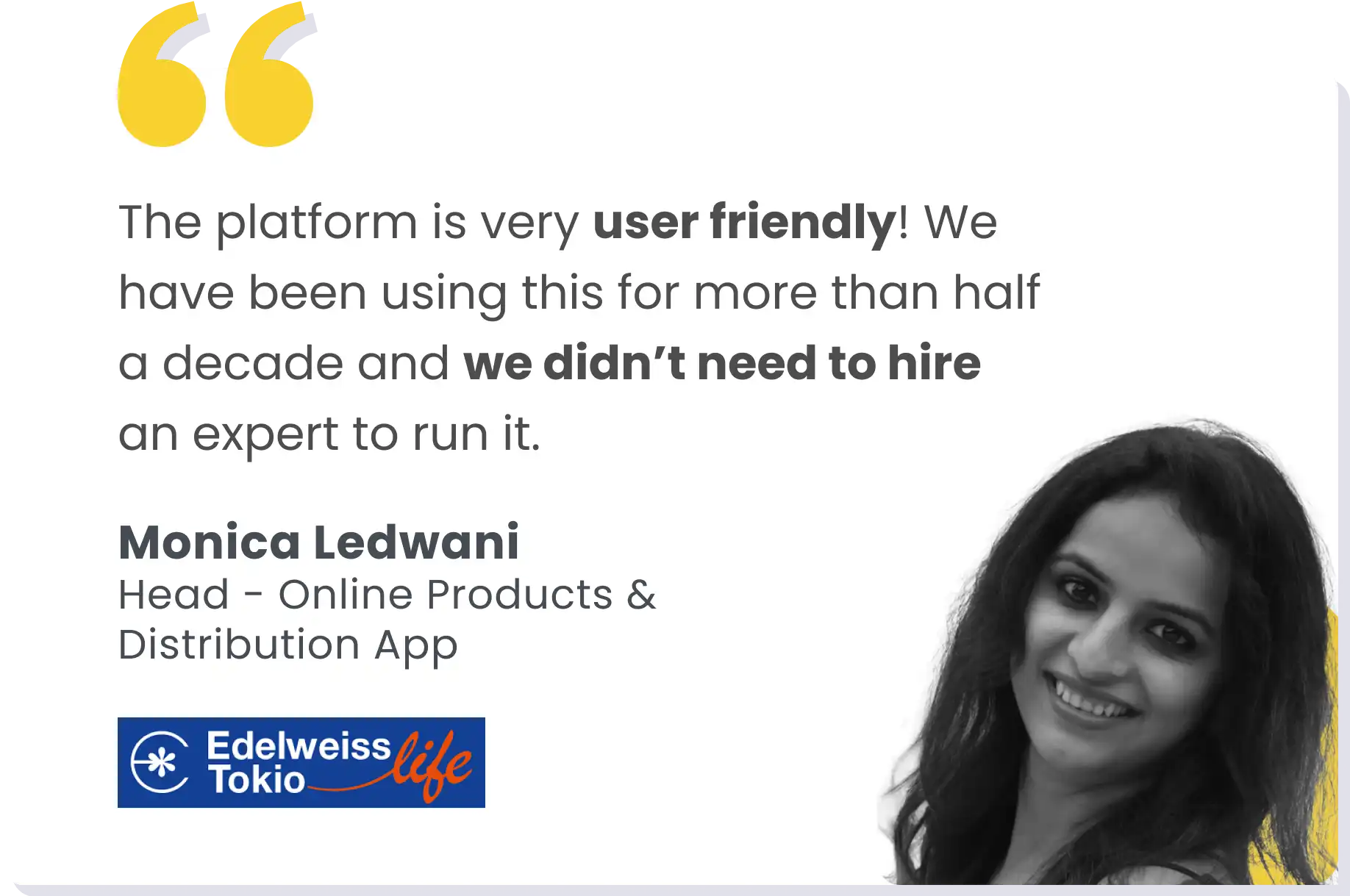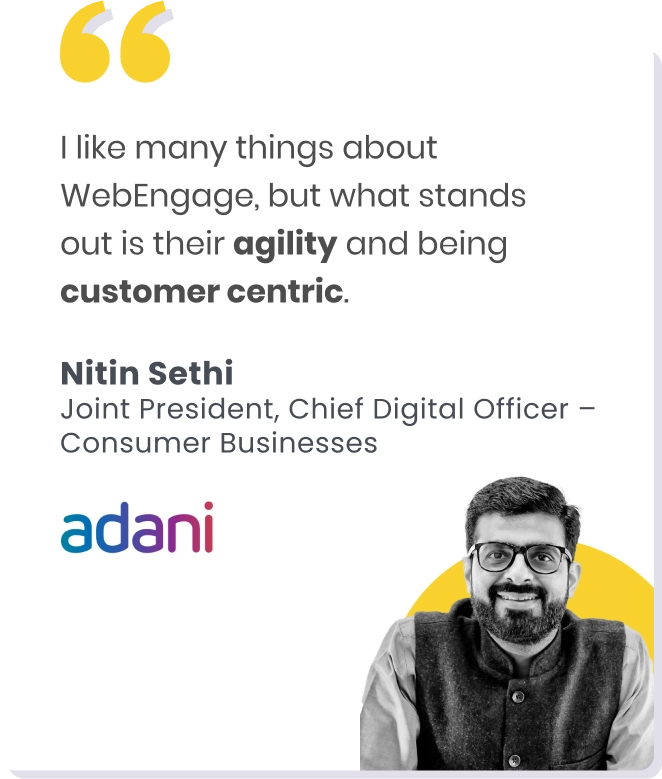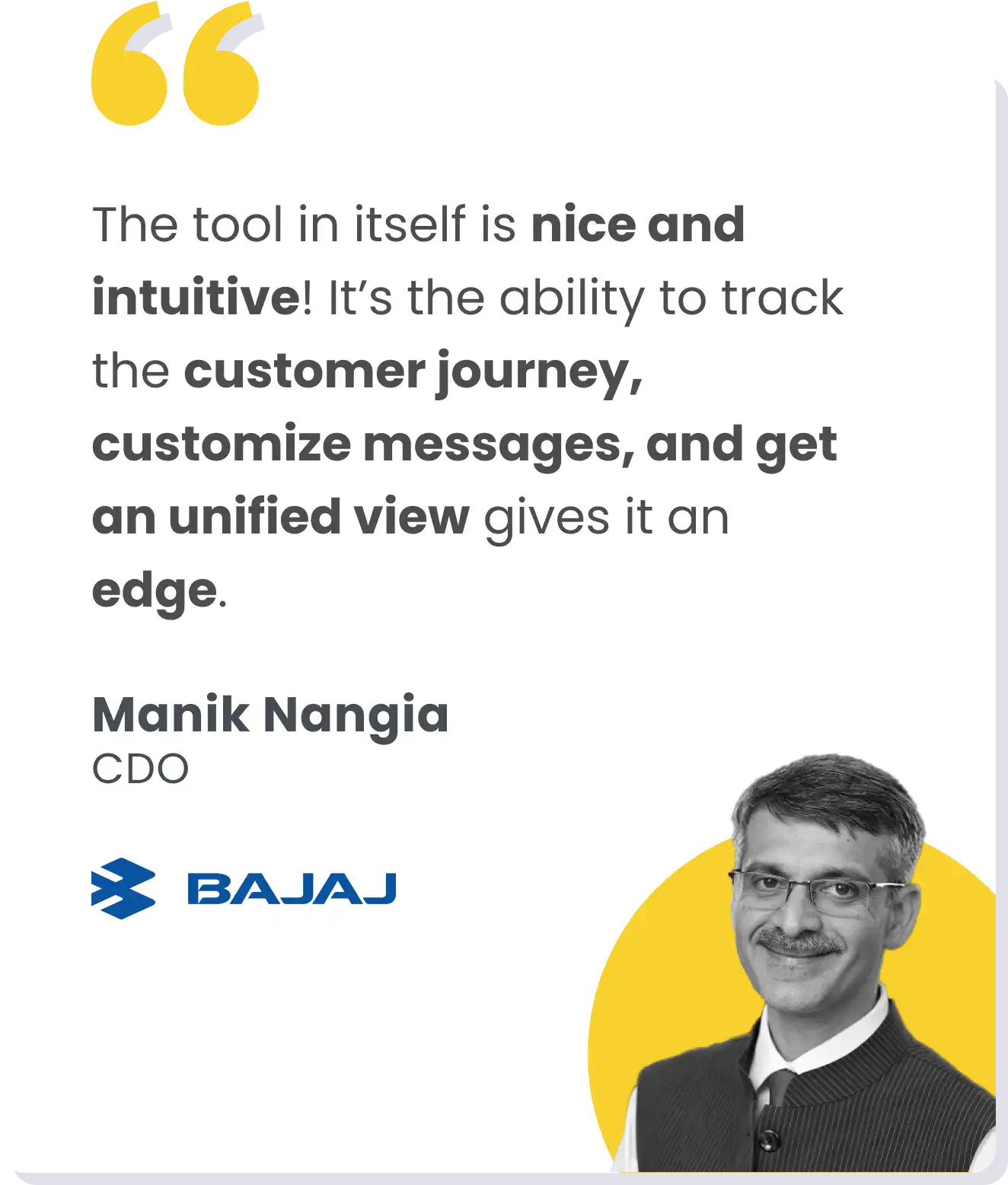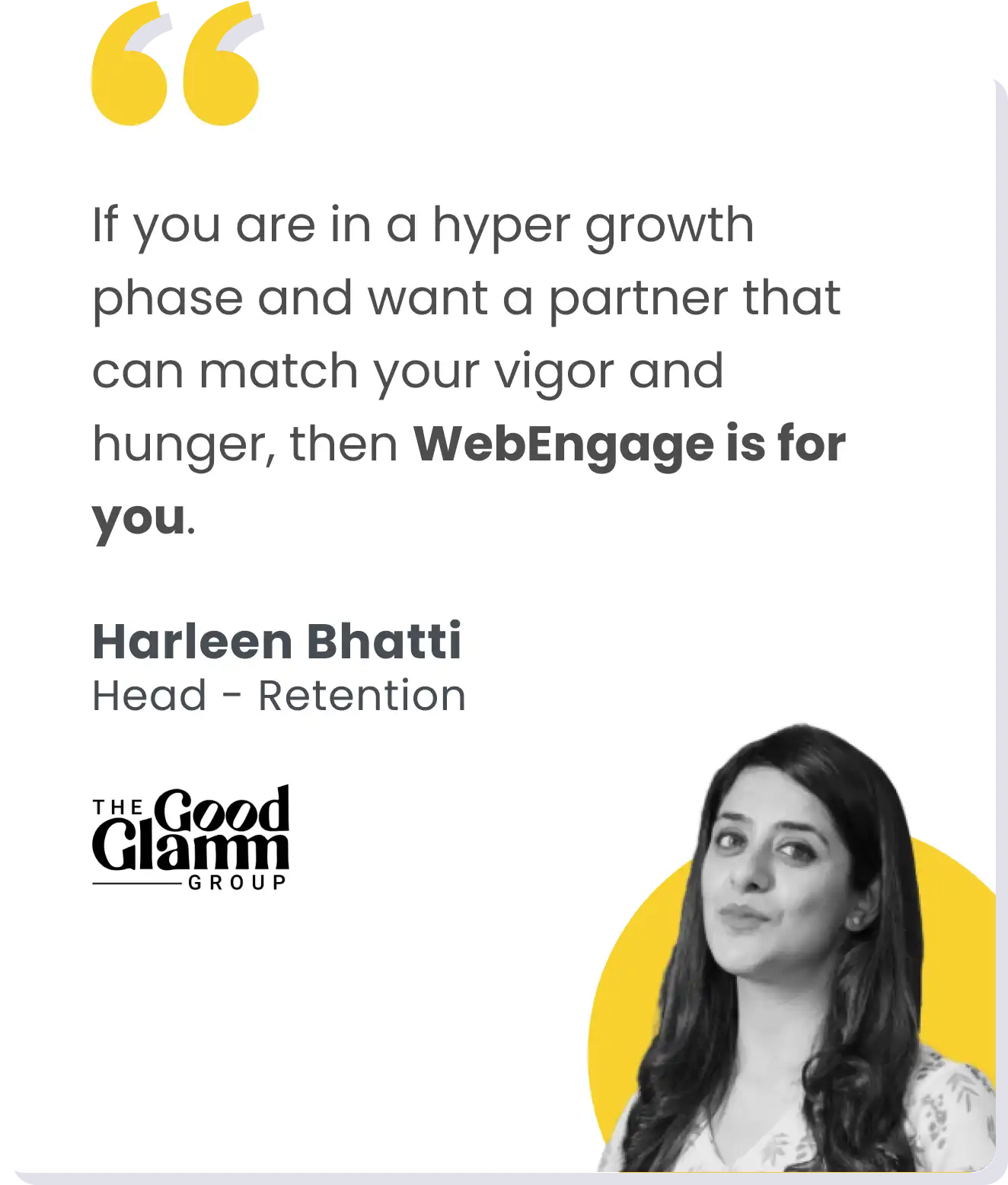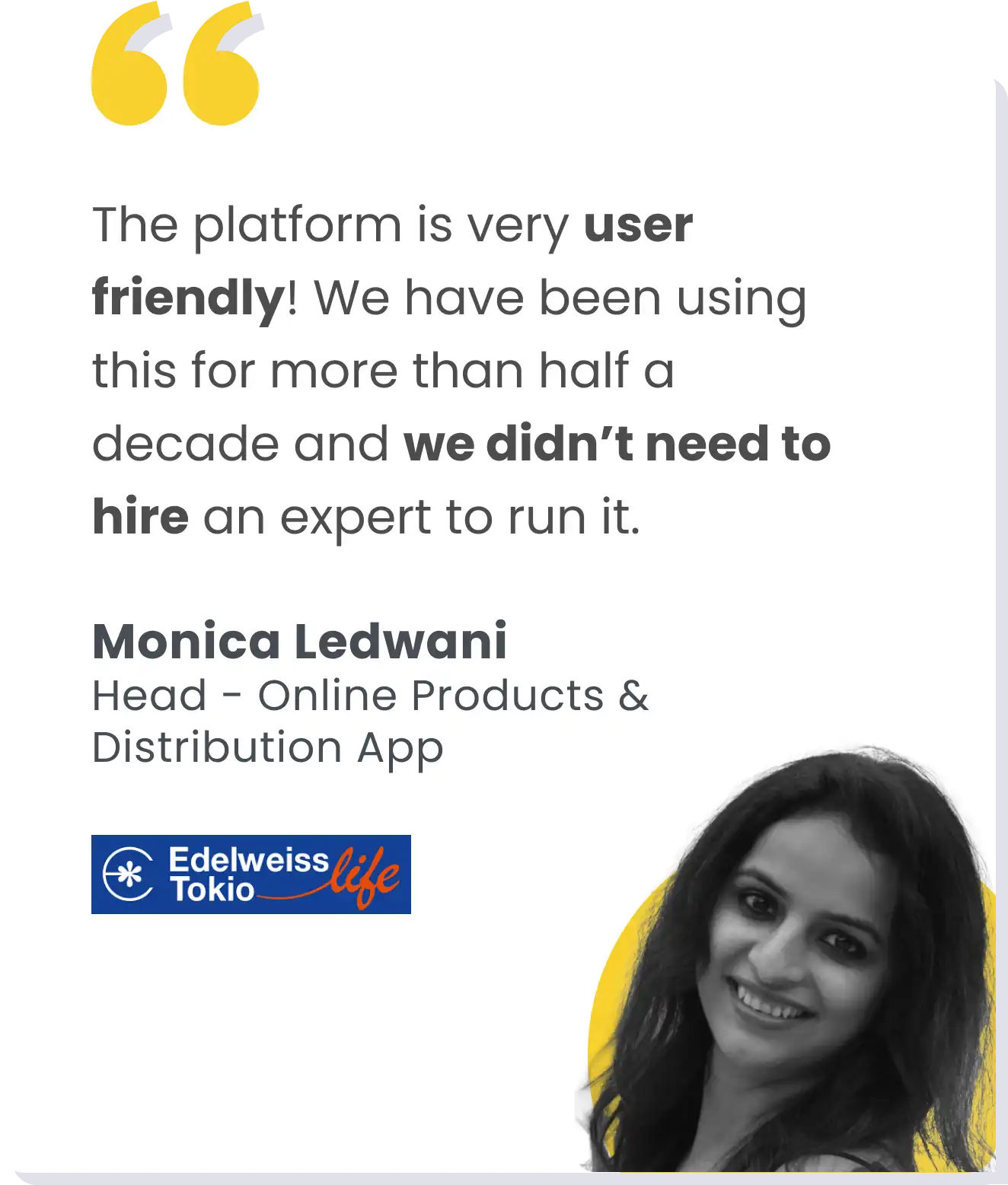Building a sustainable D2C brand post-pandemic while battling economic uncertainty requires more than just acquiring customers.
You need a deep understanding of customer behavior, a consistent focus on retention, and an eye on finding and sustaining long-term growth strategies.
In this episode of the State of Retention podcast, we had the opportunity to sit down with Harsh Garhwal, a seasoned marketer whose work at Decathlon and DaMENSCH has left him with rich insights about how to shape a data-driven, customer-first marketing strategy.
Let’s hear from him about his journey.
Harsh’s Customer-First Journey at Decathlon
At Decathlon, I was thrown into the deep end right from the start.
I came from a background in engineering and management but found myself on the shop floor, selling products to customers and getting a real, first-hand experience of their needs and preferences.
This experience was invaluable and taught me that no matter how advanced your marketing strategies are, they are bound to fail if they don’t align with your customers’ real needs.
This became the foundation of my customer-first approach, guiding me throughout my career.
Decathlon’s 80/20 Approach: Nurturing Sporty Customers
At Decathlon, one of the key strategies we follow is the 80/20 approach, where we focus on nurturing the top 20% of our customers, who are responsible for 80% of our revenue.
We had to understand them deeply—what sports they played, how often they bought equipment for them, and their preferences.
The top 20% of our audience were usually sporty, active individuals who regularly engaged in physical activities.
We knew that if we could actively delight these customers, they would return, spread the word, and bring others to the store.
We send personalized marketing campaigns once we analyze their past orders and preferences.
For example, someone who runs consistently would get recommendations about new running gear launches or any sales or offers on it.
Such things make these customers feel valued and understood and remain loyal to the brand.
From the Start: Decathlon’s POS Data-Driven CRM Strategy
At Decathlon, data was the backbone of our CRM strategy.
My first major project was overhauling the POS (Point of Sale) system to capture customer data, which helped build a single customer view.
Based on this information, we could track their interactions with the brand and personalize our marketing campaigns accordingly, resulting in higher engagement rates and retention numbers.
For example, if a customer had bought cycling gear from Decathlon a few times, we would send them push notifications or emails with relevant offers and updates on any new launches of related products.
This helped us build stronger relationships and nudge them to return for repeat orders.
Navigating the Mobile App Era
As consumer behavior shifted increasingly towards mobile commerce in the mid-2010s, so did Decathlon.
We realized that having a website alone wasn’t enough and that most online users were using their smartphones to shop.
We knew we had to develop a mobile app but we didn’t take this decision lightly. We had to make sure the app solved specific issues our customers were facing, such as the long checkout lines in our stores, especially during peak hours.
That’s why our Scan and Pay feature on the app was designed to address this issue. Customers could simply scan their items, pay via the app, and walk out delighted without having to wait restlessly in a line.
This feature was a game-changer, bridging offline and online, and made our in-store shopping experience seamless.
The mobile app also helped us deliver a more personalized experience by allowing us to send product recommendations, updates, and special offers based on users’ shopping habits.
Decathlon’s App Adoption: A Tale of Organic Growth
Decathlon’s app’s success was less driven by aggressive marketing or a long promotional campaign and more by organic growth. Let me explain.
What set our app apart was the genuine enthusiasm of our in-store staff, who weren’t just our salespeople; they were passionate about sports and genuinely wanted to bring the app’s value to customers.
Our staff would help customers download the app in-store and show them how it could make their shopping quicker and easier, such as our Scan and Pay feature.
This hands-on approach made a huge difference, leading to higher adoption rates without shelling out money for promotions.
Our staff often helped customers download the app in-store, showing them how it could speed up and make their shopping experience more convenient.
This personal touch made a huge difference, leading to high app adoption rates without the need for heavy promotional spending.
Additionally, the app grew fueled by positive word-of-mouth. Happy customers would recommend using the app to others, and drive downloads and increased engagement.
Learning at Decathlon & Unlearning at DaMENSCH
When I moved from Decathlon to DaMENSCH, I brought with me all the lessons I had learned on the way.
At Decathlon, everything revolved around the customer, understanding their needs, delivering quality products, and creating a smooth, seamless experience through all touchpoints.
However, I quickly realized that this space was a different beast. I had to adapt to the fast-paced, acquisition-driven nature of D2C marketing at DaMENSCH.
Here, we had to scale quickly and respond to market demands on the fly, which meant that decisions had to be made faster and often with less data than I was accustomed to.
This needed us to be more agile and comfortable with taking calculated risks.
Another important difference I noted was the lack of customer loyalty in the D2C space.
Unlike Decathlon customers, who often stayed with the brand for years, DaMENSCH customers were more likely to switch brands if they found a better deal elsewhere.
This meant that the principles of customer engagement I had previously learned were still valuable but needed to be adapted for a market where retention wasn’t guaranteed.
I had to embrace digital marketing and customer acquisition and find tactics that could scale quickly.
This experience taught me the importance of being flexible and open to change, even when it meant I had to let go of practices that had been successful in the past.
From Acquiring to Retaining: DaMENSCH’s Mandate for Growth
At DaMENSCH, our goal became to balance acquisition with retention. This requires a shift in mindset—from focusing on short-term gains to building long-term customer relationships.
One of the first things I did here was to set up a retention team tasked with understanding customer behavior, segmenting our audience, and creating personalized communication strategies to keep customers engaged and coming back to the shop for more.
For example, we introduced loyalty programs and targeted campaigns designed to reward repeat customers and nudge single-order customers to return for their next order.
I knew that once we got customers past the initial transaction phase while ensuring they had a positive shopping experience, the likelihood of them becoming loyal customers increased significantly.
This way, we were able to drive sustainable growth.
Inside DaMENSCH’s Winning Team: Growth and Retention
Our growth team at DaMENSCH is full-stack and handles everything from acquisition to retention across multiple verticals, each focusing on a specific product line, like innerwear or outerwear.
This specialization ensured every product line got the attention needed to thrive in a competitive market.
Each vertical is also responsible for acquiring new customers and retaining existing ones, so our strategies are always aligned to aim for long-term, sustainable growth.
This setup also helps us be more agile and responsive so that we can make quick changes to any campaign without having to wait for the next product sprint.
Another key advantage of building such a full-stack team is that we can monitor the entire customer journey from their first interaction to their last purchase.
Conclusion
These tips from Harsh Garhwal are only the tip of the iceberg.
As we’ve now learned from him, building a sustainable D2C brand is not about quick wins; you have to create lasting value for your customers and ensure that every step you take aligns with long-term goals.
His insights, which include studying data to optimize strategies and focusing on customer retention from day one, can help you create a blueprint for your brand.
If you’re interested in diving deeper and learning more about his retention tips, listen to the full podcast here.
Want to learn from other top brands and their retention strategies? Explore our growing catalog of podcasts featuring experts from across the industry!





